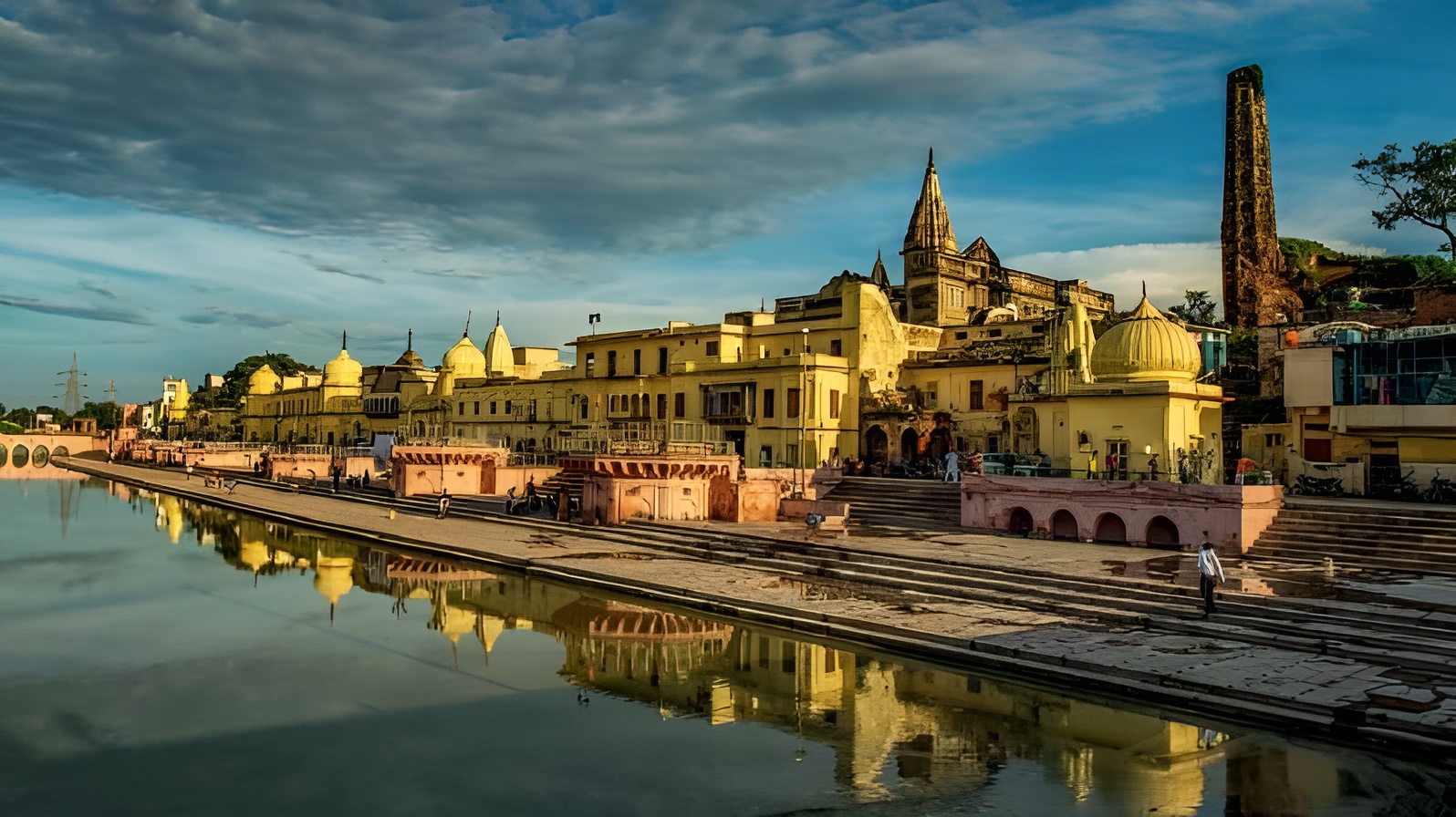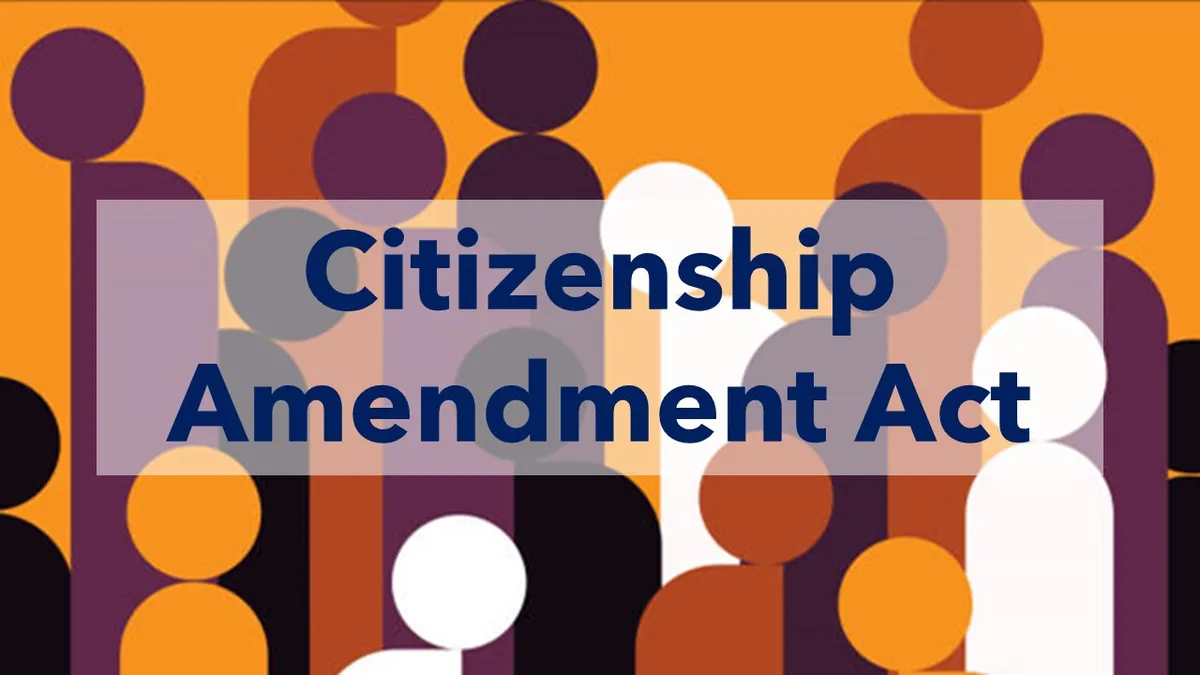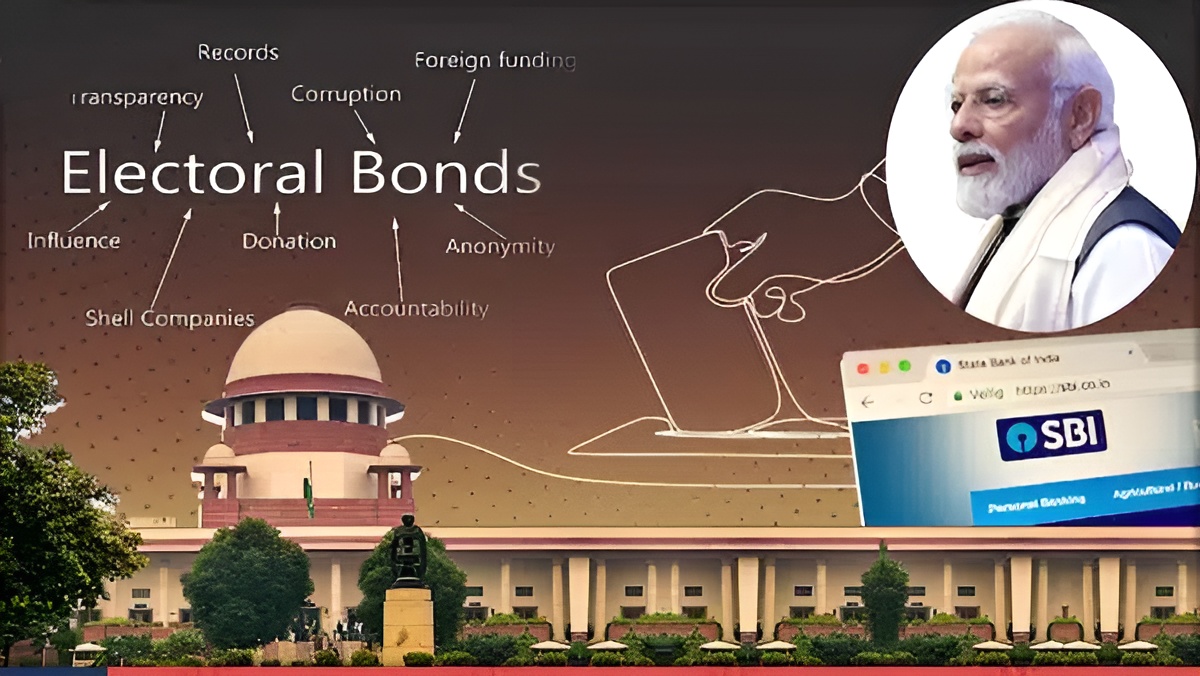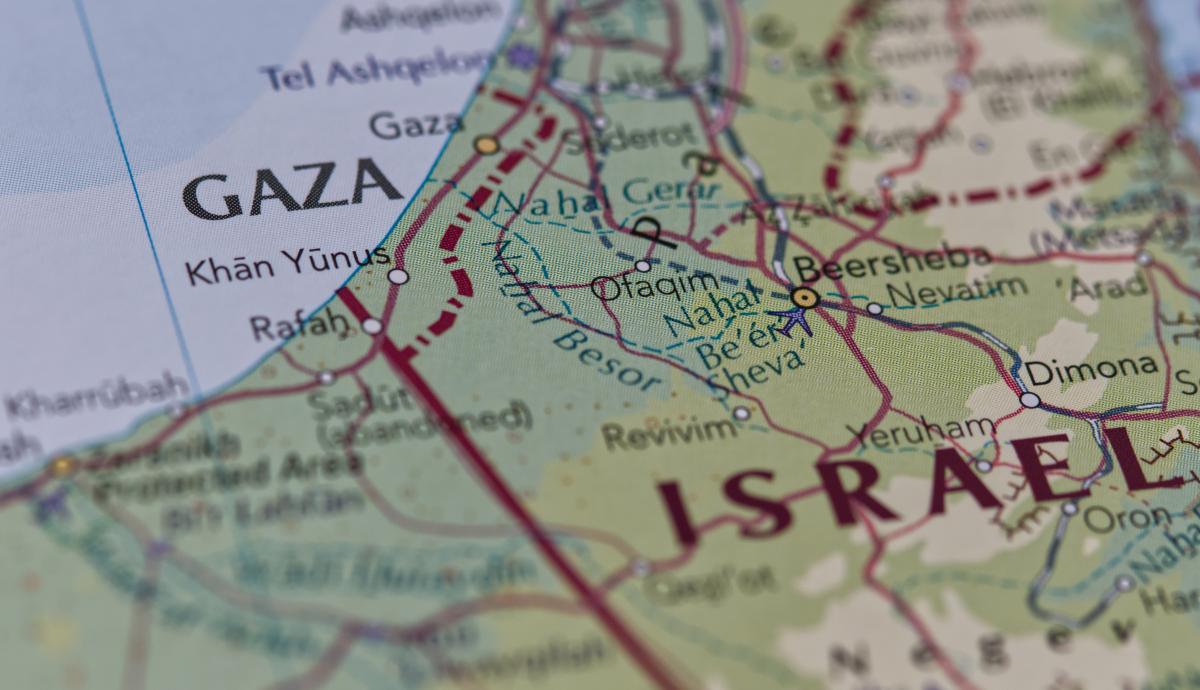My mother’s grandmother, Ama, comes into her own as an unintentional matriarch in the complex web of traditional Indian households. After her husband’s sudden death, she was thrown into a leadership role in her Kumaoni Brahmin community, which was patriarchal. Ama had little formal education and a poor command of the English language, but she was full of traditional wisdom.
Her understanding of the institution of marriage was especially deep. Ama used to say that even if weddings are prescribed in heaven, earthly procedures must be followed to carry them out. She highlighted the significance of depending on one’s own judgement and discernment rather than anticipating supernatural intervention by using the story of King Janaka of Mithila. She believed that protecting one’s daughter’s future necessitated a realistic appraisal of prospective suitors, which included a review of their financial standing and family history.
Despite having roots in a bygone era, Ama’s viewpoint is incredibly relevant to modern Indian society. Recent high-profile weddings have provided showy displays of wealth and status, which serve as a harsh reminder of persistent societal forces. These lavish events, which are frequently thrown by wealthy oligarchs, Bollywood stars, cricket players, and politicians, help to maintain the stereotype of India as a luxurious and alluring country.
But beneath the opulence, there remains a steadfast commitment to archaic ideas of marriage and matching. The idea of young people selecting their own mates based only on love is still unsettling and even offensive to many Indians, particularly in light of societal progress. Even though there are many stories about honour killings, domestic violence, and divorce, extravagant wedding spectacles still happen.
This trend is reflected in the evolution of wedding invitations, which used to be straightforward handwritten messages but are now intricate objects decorated with silk, gems, and precious metals. The finely designed invitations, along with an abundance of sub-invites for related events, highlight the importance of these festivities. The names of the engaged party frequently get lost in the thick of the fanfare and spectacle, eclipsed by a long list of family members and friends.
Choosing a life companion was mostly the responsibility of older family members, with the help of astrologers and barbers, in a time when dating was more like editorialising. It’s a moving reminder of this paternalistic view of marriage when Ama recalls writing long letters evaluating potential husbands’ suitability. Although she lists the groom-to-be’s physical flaws and peculiarities, Ama’s support of him represents a general attitude of submission and deference.
Her statement that marriage is like a delicious treat, to be enjoyed even in the face of possible regrets, perfectly captures the general attitude towards marriage. In a world where social status and familial honour frequently take precedence over personal freedom, finding true love is still a risky business.
The contrast between blatant displays of riches and deeply ingrained social conservatism highlights how complicated modern Indian weddings are. As long as the glamour of excess catches people’s attention, customs and family expectations will always have an impact.
In summary, the continuous conflict between tradition and modernity is demonstrated by the phenomenon of Indian weddings in the modern day. Even though appearances can change, the fundamental principles of marriage and matching are nonetheless rooted in long-standing traditions and practices. Ama’s insight is a sobering reminder that, beneath the glitter of ostentatious festivities, marriage is really about striking a careful balance between custom and individuality.
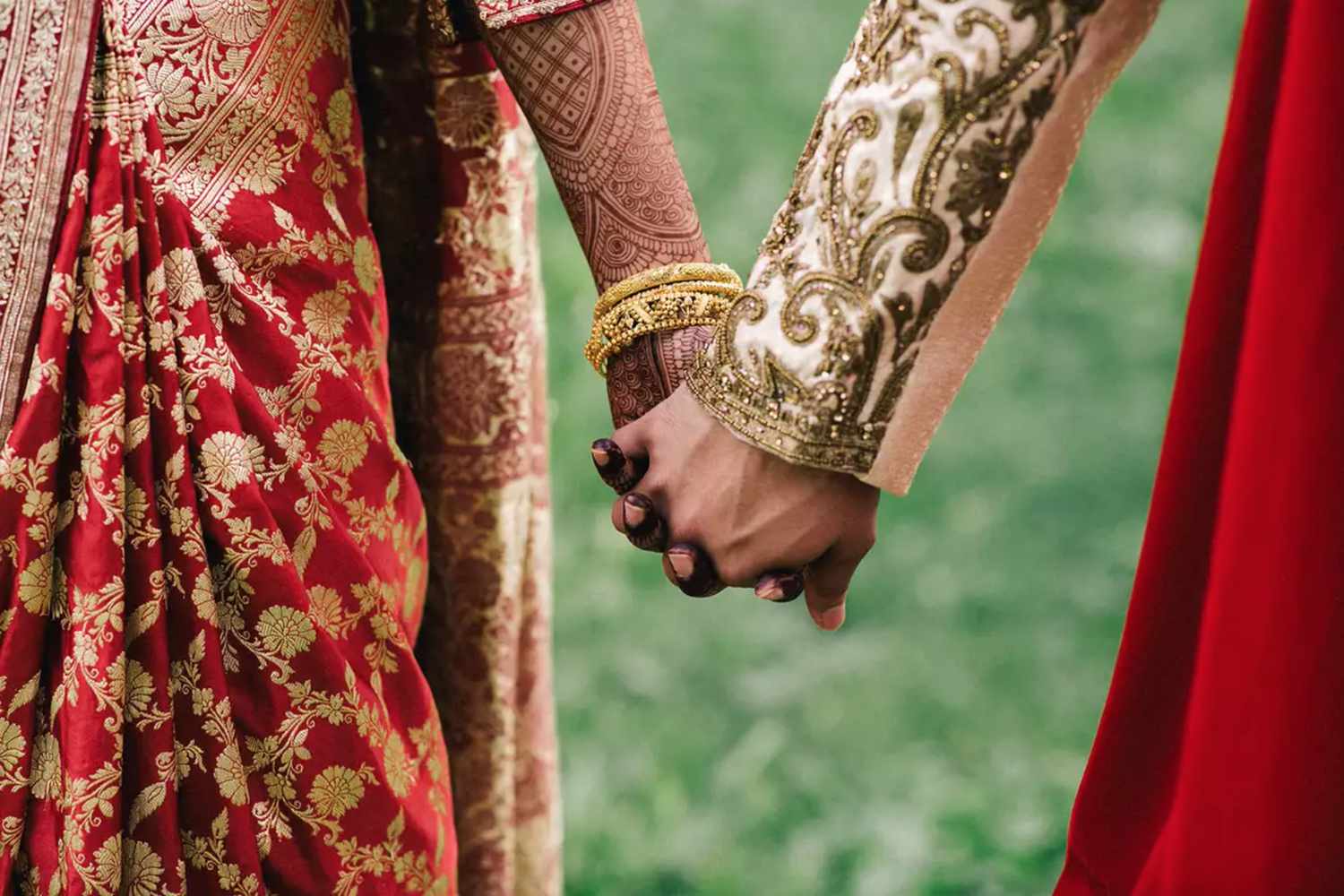

Add a comment


